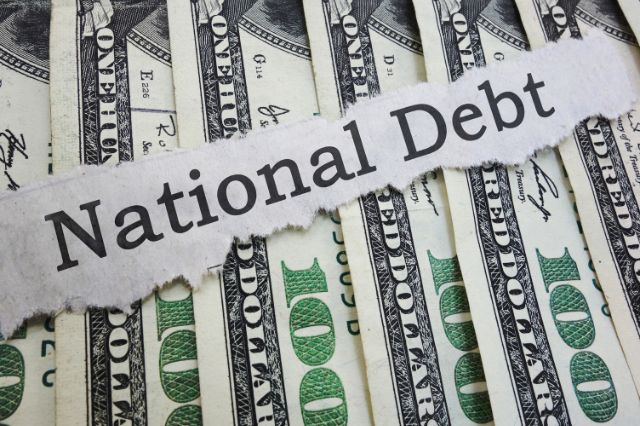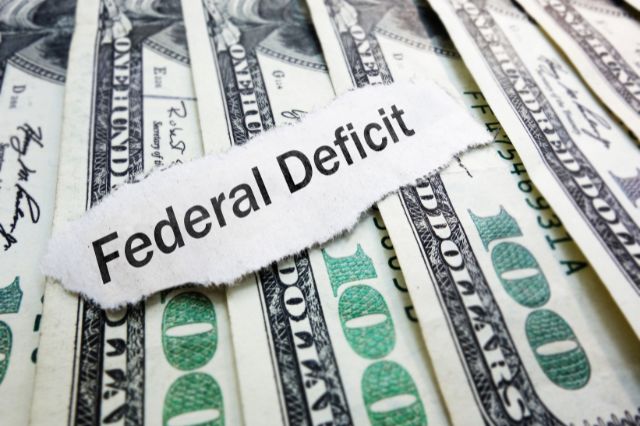National Debt vs. National Deficit: Understanding the Differences
In discussions about the economy, terms like “national debt” and “national deficit” often come up, but they refer to different concepts. Understanding these terms is crucial for grasping how government finance works and the implications for the economy. Here’s a breakdown of each term and how they differ.
What is National Debt?
Definition
National debt is the total amount of money that a country’s government has borrowed and owes to creditors. It accumulates over time as the government borrows funds to cover budget shortfalls, finance projects, and respond to economic crises.
Components
Public Debt: This is the portion of national debt that is held by external entities, including individuals, corporations, and foreign governments. It includes Treasury bonds, bills, and notes.
Intragovernmental Debt: This portion is owed to various government agencies, primarily consisting of funds held in trust for programs like Social Security.
Implications
Interest Payments: The government must pay interest on the national debt, which can consume a significant portion of the federal budget.
Economic Impact: A high national debt can affect a country’s credit rating, increase borrowing costs, and limit fiscal policy options in times of economic need.

What is the National Deficit?
Definition
The national deficit occurs when a government’s expenditures exceed its revenues in a given fiscal year. In other words, it represents how much more the government spends than it brings in through taxes and other income.
Components
Annual Budget: The deficit is calculated annually. If the government spends $4 trillion but only collects $3.5 trillion in revenue, the deficit for that year is $500 billion.
Temporary vs. Structural Deficits: Some deficits may be temporary due to economic conditions (like a recession), while structural deficits persist regardless of economic cycles and indicate a deeper fiscal imbalance.
Implications
Borrowing Needs: A national deficit typically leads to increased borrowing, which contributes to the national debt.
Fiscal Policy: Ongoing deficits can signal underlying issues in fiscal policy, prompting debates about spending priorities and tax reforms.

Key Differences
1. Time Frame
National Debt is a cumulative figure reflecting all past deficits and surpluses. It represents the total obligations at any given moment.
National Deficit: It is a flow measure that refers to the shortfall in a specific fiscal year, indicating how much more the government spends than it earns.
2. Economic Indicators
National Debt: It provides insight into the overall fiscal health and sustainability of a government’s financial practices over the long term.
National Deficit: It offers a snapshot of a government’s fiscal performance in a particular year, highlighting current spending and revenue issues.
3. Policy Implications
National Debt: High levels of debt can lead to discussions about austerity measures, interest rates, and long-term economic growth.
National Deficit: Persistent deficits can trigger debates about budgetary reforms, tax increases, or spending cuts to achieve a balanced budget.
Pryor Insights
Understanding the difference between national debt and national deficit is essential for comprehending the complexities of government and federal finance. While national debt represents the cumulative borrowing from the federal reserve of a government, the national deficit reflects the annual shortfall between what the country spends (expenditures) and revenues.
Both concepts play vital roles in economic discussions and policymaking, influencing everything from public (government) spending priorities to (federal) interest rates and economic growth. By grasping these differences, citizens can better engage in conversations about fiscal policy and the future of the economy which in turn affects our pocketbooks!
So, when election season comes around make sure to vote on policies you agree with of course, but when it comes to fiscal policies don’t vote blue or red … vote green!
Schedule an appointment today to learn how Pryor Financial can help you achieve your financial goals. Let’s work together to build a brighter financial future.

